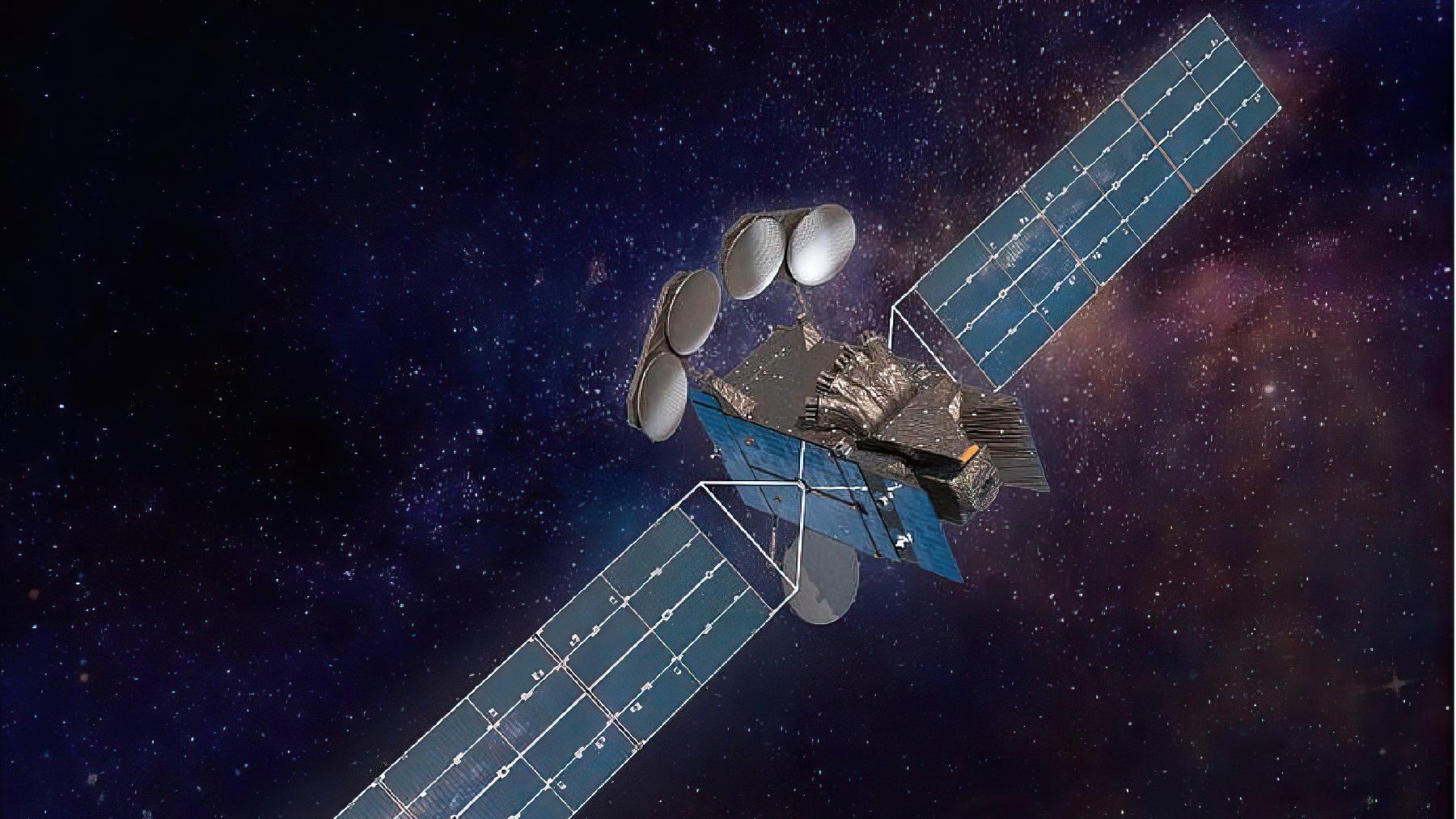It’s not summer 2014, yet the White House has thrown an iced-water bucket at NASA’s Earth-science program: its FY-2026 budget asks the agency to shut down the two Orbiting Carbon Observatory satellites that give the world its sharpest view of CO₂.
Within days, NASA managers began sketching how to deorbit OCO-2 and unbolt OCO-3 from the International Space Station—standard procedure when the White House says “prepare to terminate.” Staffers leaked the news, NPR broke the story, and the internet promptly panicked over the wrong spacecraft, claiming the White House wanted to “destroy TEMPO,” a separate pollution sensor launched in 2023.
Why these birds matter more than their price tag
OCO-2 zips pole-to-pole, mapping CO₂ every 16 days with parts-per-million accuracy. OCO-3 piggybacks on the ISS, sweeping big cities daily. Together they reveal which power plants leak, how drought flips the Amazon from sink to source, and how corn belts breathe each summer.
Keeping both running costs about $15 million a year—roughly the price of repainting one F-35. Scientists say the White House never asked for performance issues; the satellites work fine and have fuel for years.
How a White House wish list collides with Congress
A presidential budget is only an opening bid. Appropriators in the House and Senate write the real numbers. This year the House draft nodded to the cuts; the Senate rejected them, calling Earth-science data “critical national infrastructure.” While lawmakers haggle, NASA must still plan for both scenarios—hence the hush-hush “end-of-life” memos that spooked employees. Skipping that step risks violating the Anti-Deficiency Act if money disappears overnight.
The bill for going dark
Kill the missions and the world loses roughly 60 million daily CO₂ measurements. That’s not just a number—it’s a vital stream of real-time data that feeds into everything from wildfire response to flood forecasting.
Without it, weather models will rely on older, less precise satellite readings or ground sensors with patchy global coverage. Methane-leak hunters—who use satellite data to trace emissions from oil wells, pipelines, and landfills—will lose one of their most effective tools. Ag-tech companies and environmental researchers who depend on these readings to monitor crop stress, drought patterns, and carbon fluxes will be flying blind.
All this to save just 0.06% of NASA’s budget—a rounding error compared to major programs.
Former OCO principal investigator David Crisp calls it “penny-wise, planet-foolish.” Lawmakers from farm-heavy states have echoed his frustration, noting that these measurements directly support yield forecasts worth billions in crop insurance, commodity trading, and disaster relief planning. Farmers and insurers depend on this kind of precision to make decisions that affect food security across the country.
The potential loss of OCO-2 and OCO-3 also threatens ongoing international partnerships. Agencies in Europe, Asia, and South America routinely incorporate this data into their climate tracking models. If the U.S. pulls the plug, that ripple could set back global climate progress—not just domestic efforts.
Why TEMPO got dragged into the drama
TEMPO sits 36,000 km up, scanning U.S. air quality every hour. When headlines said “White House orders NASA to destroy climate satellites,” social media mashed the missions together. NASA confirms TEMPO remains funded—this fight is about CO₂, not smog—but analysts warn any successful cut emboldens more.
Negotiators will hammer out a compromise by year-end. If the Senate prevails, OCO-2 and -3 keep flying. If not, NASA might mothball instruments or seek private partners—an idea riddled with licensing hurdles. Earth-science advocates hint at lawsuits, calling a mid-year shutdown illegal re-programming of already appropriated funds.
In other words, the White House may want the orbiting carbon cameras off, yet the final script still runs through Capitol Hill. For now, the satellites keep watching Earth breathe—quietly proving their worth with every pass.
